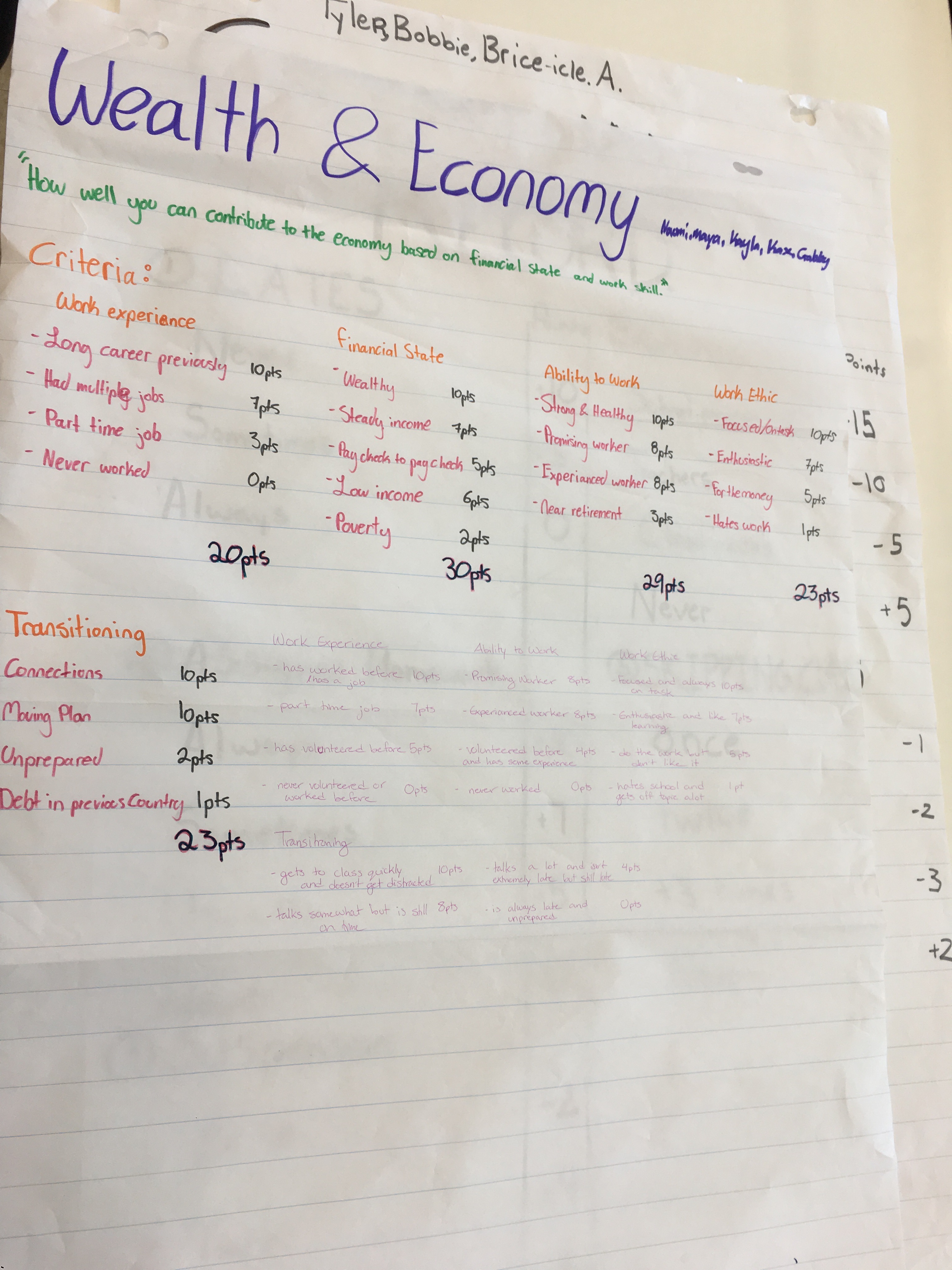Please note, this was originally published in the Canadian Journal for Teacher Research, but is no longer available online. As such, I have reposted the article here for access. If you wish to cite this, please use the following information:
Hartwell, A. (2018, May). The life cycle of a salmon: Robotics and 3D printing in grade two. Canadian Journal for Teacher Research.
With an influx of educational technologies entering schools, it is not only difficult to remain current in the use of such tools, but to also lead colleagues in implementation. A teacher’s time is quite valuable; and, with recent revisions to curriculum and assessment practices (Alberta Education, 2016; Alberta Government, 2018; Government of British Columbia, 2017), trying to encourage colleagues to learn something new is proving to be quite challenging.
When this strain is applied to primary teachers, reluctance to integrate technology into task design is even higher because many believe children at this age just cannot do the task (Henderson & Honan, 2008). Yet, changes to curriculum are providing more flexibility to design lessons that are cross-curricular, emphasizing skill development through content. As a teacher and a researcher, I am passionate about how interdisciplinary task design can engage students in meaningful and authentic work where skill and competency development are emphasized and educational technologies are leveraged to enhance student learning. Such tasks provide evidence of what a child is capable of, if provided with an environment to take risks.
Interdisciplinary learning (IL) is described as teaching that draws from two or more disciplines (Newell, 2001; Strober, 2010) and can be used to study real-world concepts, problems, or issues (Campbell & Henning, 2010). For example, the topic of environmental issues can be explored through science inquiry, formulating an evidence-informed position on a particular controversial chemical, such as oil production. As well, this same environment issue can be explored through a social studies lens, inquiring how democratic processes provide citizens to voice concerns through actions such as boycotting and lobbying. Further, language arts can be incorporated to reinforce varying writing forms, such as persuasive or declarative voice. Planning such a task does come with challenges, such as limited time for teachers to meet (Battersby & Verdi, 2015) and lack of teacher buy-in (Brown, Hartwell & Thomas, 2018). However, IL presents the possibility of more class time and collaborative planning, providing opportunities to create a more authentic and meaningful learning experience where skill development can become emphasized.
Educational technologies are tools that support learning and performance, forcing a user to engage in problem solving, promoting learning and understanding (Spector, 2017). Take programming and robotics, for example. Learners in these fields are presented a task requiring a series of written commands. These commands produce a desired movement, creating a context where the tool responds to what it is inputted into memory. A result is produced, providing the learner with feedback on the chosen commands, and prompting critical thinking and problem solving to improve for further iterations. Further, the robot enhances understanding by allowing code to be adjusted, enabling the learner to comprehend how changes affect results. If-then relational understanding is cultivated.
Educational Context
In Fall 2017, I had the privilege of working with a group of grade two students on an interdisciplinary assignment. Collaborating with the classroom teacher, we planned for the six students to learn about the life cycle of a salmon through The Daily 5 literacy approach (Boushey & Moser, 2014), while also integrating technological literacy and the maker approach into student learning. The Daily 5 is a literacy program designed to foster independence in young learners while working towards personalized goals. Students rotate through five literacy-supported stations, which include (1) Read to Self, (2) Work on Writing, (3) Read to Someone, (4) Listen to Reading, and (5) Word Work (Boushey & Moser, 2014). In this setting, the teacher is able to meet individual needs through whole-group and small-group instruction, as well as one-on-one conferring.
Technological literacy refers to one’s ability to “learn the importance of listening, talking and discussing in technologies processes, especially in articulating, questioning and evaluating ideas” (Australian Curriculum, Assessment and Reporting Authority, 2014, p. 24). Demonstrating technological literacy includes how to operate various technologies, such as a 3-D printer, while also being able to explain how the process was complete and how difficulties were overcome. Makerspaces, or maker inspired tasks, act as a gateway for the incorporation of difficult technological subjects, such coding, into core curricular learning. This approach not only exposes students to new learning through an interdisciplinary lens (Sheridan, Halverson, Litts, Brahms, Jacobs-Priebe, & Owens, 2014), but also paves multiple pathways to learning twenty-first-century skills by facilitating collaborative and iterative projects (Blikstein, Kabayadondo, Martin, & Fields, 2017). Makerspace activities were new to the school in this case study.
Enactment
As a small, rural elementary school began transforming its library into a learning commons, teachers began to explore what this looked like for the role of the Library Learning Commons (LLC) teacher. In this exemplar, a grade-two, classroom teacher asked me, the LLC teacher, to work with a group of students for three weeks. Students came to the LLC during their daily literacy block. Mirroring the work of their peers, students used the Web 2.0 tool Epic, to read to themselves on the topic of the life cycle of a salmon. After reading, students completed word work on key terms, including fry, smolt, alevin, and life cycle. This task was completed on index cards.
Next, students engaged in writing, which progressed in two stages. First, students completed a flow chart where they drew a picture of each developmental stage. A simple sentence was written to describe the picture. Then, using a paragraph outline, students created a script, complete with an introductory sentence, supporting details and closing sentence. As students finished, they partnered up and practiced reading what they wrote out loud. This action is the read to someone and listen to someone read of The Daily 5 (Boushey & Moser, 2014).
Once ready, students took their turns recording their speech in the JD Humanoid EZ-Robot. Being in grade two, there was much to learn. Not only were students using the “right click” on a mouse, but they also learnt how to export, or send, a file from one source to another, save and name a file, and add pre-coded movements written in script to an audio file. While waiting for their turn to record, students explored the Web 2.0 tool Tinkercad and made their first attempt in designing a 3-D image, a salmon. A sample was provided for the students, with a basic overview of how to use the tool. However, at this stage, students were encouraged to explore, learn by trying and remembering its okay to F.A.I.L. (first attempt in learning).
Reflection
Overall, this task required three weeks to complete of approximately forty minutes per day. From my observations, students were eager to come to the LLC each day and highly engaged in their learning. Peers would come in to see what students were doing, asking when “their turn” would be. The classroom teacher also commented about the excitement and curiosity in her students, frequently asking if they could visit the LLC to get a book or iPad. After collaboratively assessing student work, results indicated excellent student understanding of the salmon lifestyle with writing evaluated above grade level. For example, students wrote one supporting detail for every stage in sentence format.
In addition, growth in technological literacy development was evident. When asked to articulate their learning journey to teachers and peers, students were able to explain how their digital file was transferred to the 3D printer, the safety rules required while the printer was running, and used new vocabulary such as “bed level” and “work plane”. Further, they could demonstrate how to export audio files and explain how to insert code into a program.
Last, both the classroom and learning commons teachers reported students learned how to make and F.A.I.L., while also being introduced to computer science, coding, audio recording, and 3-D printing – all of this in three weeks! While finding time to meet and discuss the project and possible future iterations was difficult, both teachers noted students were engaged in ideation, critical thinking, problem solving, design thinking and skill building, many of the core competencies in BC’s new K-9 curriculum (Government of British Columbia, 2017). When asked, students reported the most difficult task for them was using Tinkercad, but the best part was learning how to make JD move.
Conclusion
My research has reaffirmed my beliefs that learners much more capable using educational technologies than many teachers are aware of, and their ability to learn new skills is much higher than we imagine. Further, when learning is activated through an interdisciplinary lens with authentic and real-world connections, learning becomes meaningful and students achieve higher levels of success. I, for one, will continue to learn and encourage my colleagues to do the same, even if it requires more time on my part because of the substantial positive impact this has on my students.
If you would like to see photographs and video clips of student work, please click here.
References
Alberta Education (2016). The guiding framework for the design and development of kindergarten to grade 12 provincial curriculum (programs of study). Edmonton, AB: Alberta Education. Retrieved from https://education.alberta.ca/media/3575996/curriculum-development-guiding-framework.pdf
Alberta Government (2018). Alberta education: Teacher quality standard. Edmonton, AB: Alberta Government. Retrieved from https://education.alberta.ca/media/3739620/standardsdoc-tqs-_fa-web-2018-01-17.pdf
Australian Curriculum, Assessment and Reporting Authority. (2014). The Australian Curriculum: Technologies. Retrieved from http://www.heia.com.au/resources/documents/Designandtechnologies2014.pdf
Battersby, S. L., & Verdi, B. (2015). The culture of professional learning communities and connections to improve teacher efficacy and support student learning. Arts Education Policy Review, 116(1), 22–29. https//doi.org/10.1080/10632913.2015.970096
Blikstein, P. (2013). Digital fabrication and ‘making’ in education: The democratization of invention. In J. Walter-Herrmann & C. Büching (Eds.), FabLabs: Of machines, makers and inventors (pp. 203–221). Bielefeld: Transcript Publishers.
Blikstein, P., Kabayadondo, Z., Martin, A. and Fields, D. (2017), An Assessment Instrument of Technological Literacies in Makerspaces and FabLabs. Journal of Engineering Education, 106: 149–175. doi:10.1002/jee.20156
Boushey G. and Moser, J. (2014). The daily 5: Fostering literacy independence in the elementary grades, 2nd ed. Portland, ME: Stenhouse Publishers
Brown, B., Hartwell, A., & Thomas, C. (2018, in press). Interdisciplinary design teams of pre-service and in-service teachers: Issues with collaboration. The Canadian Journal of Action Research, 19(1). http://journals.nipissingu.ca/index.php/cjar/index
Campbell, C., & Henning, M. B. (2010). Planning, teaching, and assessing elementary education interdisciplinary curriculum. International Journal of Teaching and Learning in Higher Education, 22(2), 179–186. Retrieved from http://www.isetl.org/ijtlhe/pdf /IJTLHE713.pdf
Government of British Columbia (2017). BC’s new curriculum. British Columbia: Province of British Columbia. Retrieved from https://curriculum.gov.bc.ca/competencies
Henderson, R. and Honan, E. (2008). Digital literacies in two low socioeconomic classrooms: Snapshots of practice. English Teaching, 7(2), 85. Retrieved from http://ezproxy.lib.ucalgary.ca/login?url=http://search.ebscohost.com/login.aspx?direct=true&db=ehh&AN=35859976&site=ehost-live
Kafai, Y. B., & Peppler, K. A. (2011). Youth, technology, and DIY developing participatory competencies in creative media production. Review of Research in Education, 35(1), 89–119.
Newell, W. (2001). A theory of interdisciplinary studies. Issues in Integrative Studies, 19, 1–25. Retrieved from http://web.mit.edu/jrankin/www/interdisciplinary/interdisc_Newell.pdf
Spector,J. M. (2015). Foundations of educational technology. New York: Routledge.
Strober, M. H. (2010). Interdisciplinary conversations: Challenging habits of thought. Palo Alto, CA: Stanford University Press. Retrieved from http://bit.ly/1hqcttA
Sheridan, K., Halverson, E., Litts, B., Brahms, L., Jacobs-Priebe, L., & Owens, T. (2014). Learning in the making: A comparative case study of three makerspaces. Harvard Educational Review, 84(4). Retrieved online from http://hepgjournals.org.ezproxy.lib.ucalgary.ca/doi/pdf/10.17763/haer.84.4.brr34733723j648u

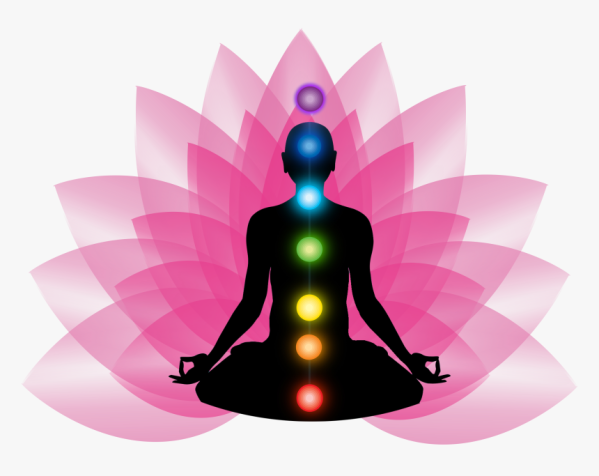



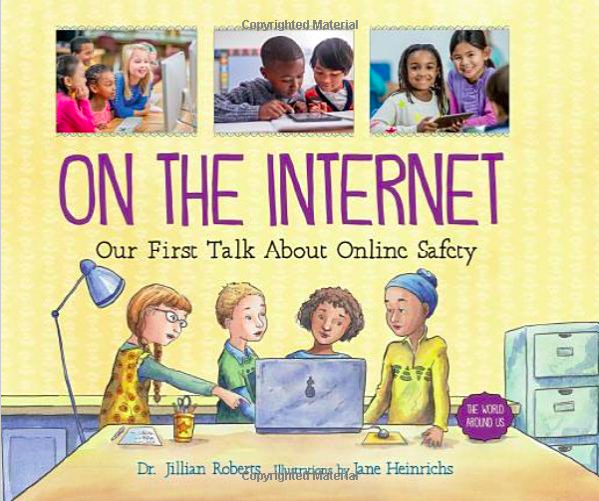



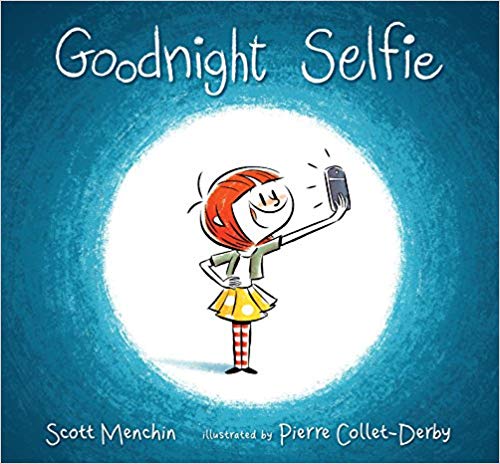







 Connections to Pedagogical Beliefs and Values: Effective technology integration depends on a consideration of the interactions among technology, content, and pedagogy. This is known as TPACK (Mishra & Koehler, 2006). TPACK is the interplay of three primary forms of knowledge content (CK), pedagogy (PK), technology (TK). However, t
Connections to Pedagogical Beliefs and Values: Effective technology integration depends on a consideration of the interactions among technology, content, and pedagogy. This is known as TPACK (Mishra & Koehler, 2006). TPACK is the interplay of three primary forms of knowledge content (CK), pedagogy (PK), technology (TK). However, t





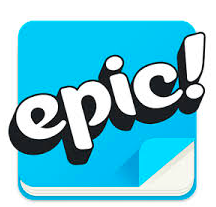 Students came to the Library Learning Commons (LLC) during their daily literacy block. Using the Web 2.0 tool Epic, they read to themselves on the topic of the life cycle of a salmon.
Students came to the Library Learning Commons (LLC) during their daily literacy block. Using the Web 2.0 tool Epic, they read to themselves on the topic of the life cycle of a salmon.




























